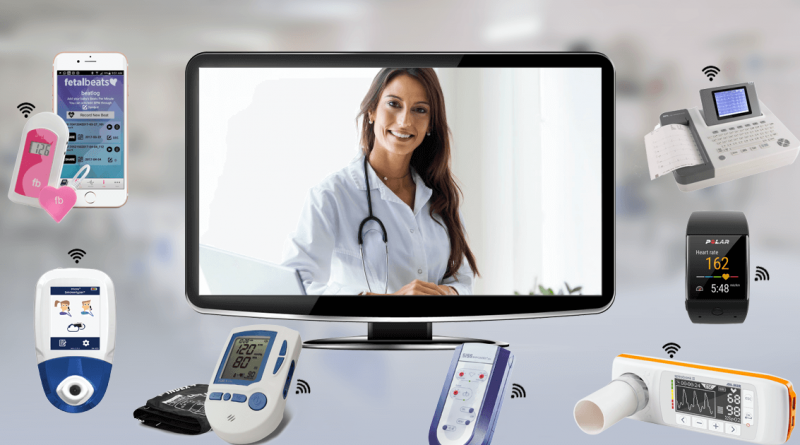What’s Stopping You From Getting More From Remote Patient Monitoring Devices?
There are plenty of positives surrounding remote patient monitoring vendors. But technology isn’t everyone’s strong point. Neither is being patient enough to figure out what’s wrong with the data the device is collecting. And that’s especially considering bad data might indicate something’s wrong with your health. Therefore, when your device and technology are slowing you down, keep these quick tips in mind. Often, the problem is as simple as how you’re using the device. While other times the problem might be the technology was damaged somehow.
Confusion regarding the use of the device
Not knowing how to use your devices can be as simple as getting confused over the instructions manual. A study analyzing the older adults’ perspective on technology found that frustration regarding RPM technology was enough for the elderly to lose interest altogether. That’s a major problem for your parents who can’t get out of the home, as heart problems can come at any moment, and other organs in the body can fail without warning. The remote patient monitoring technology is designed to capture relevant data to detect any changes in yours or your loved one’s health. If you don’t know how to use the device, make sure you explore additional online resources and phone numbers. Of course, you’ll want to be ready to use the device when the time comes, so be sure to figure everything out from the beginning.
Device mismanagement
You’re taking a risk if you allow your heart monitoring devices and smart scales to wander into the presence of children. Even pets can get a hold of these devices and damage the screen enough to influence a reading. Not enough to make you alert? Keep in mind that many RPM devices can be life-saving, especially if enough time goes by and you don’t notice the symptoms you’re experiencing. From the way you store your devices to the methods you use to clean them, device mismanagement can default a product warranty and leave you stranded when you need the device most. Better to stay on track with your health from the beginning by protecting all of the devices and supporting technology you use.
Inaccurate medical data
Did you know that your first cup of coffee in the morning could influence your blood pressure readings? Or that a combination of stress, drugs and alcohol, body temperature changes, and recent changes in eating habits can all change the data these devices collect? In the short-term, the issue could be acute and serious, with a device reading data that’s too far off to not be considered dangerous.
An incomplete medical profile back at your doctor’s office or simply a poorly fit device or improper sensor alignment could influence the product’s readings. The major downfall is that you might not seek help when you need it. Or, even, you might seek help for a problem that’s not really there, which, of course, costs you time and energy in the long run. If faulty readings are a problem, be sure to check your device’s troubleshooting section, as there is a right and wrong way for a device to work.
Device mismanagement and confusion. And aside from that; inaccurate medical data. Combined, these issues can make the idea of using remote patient monitoring devices a pointless endeavor. But even the best technology can be handled with patience. Patience and lack of frustration are essential for any adult trying to use technology when they have a health problem. Remote patient monitoring systems are worth the time to learn.

